If you observe closely, you’ll notice that creatures in tropical regions frequently boast dazzling hues, ranging from fiery oranges and yellows to deep blues. But what drives this remarkable display of color?
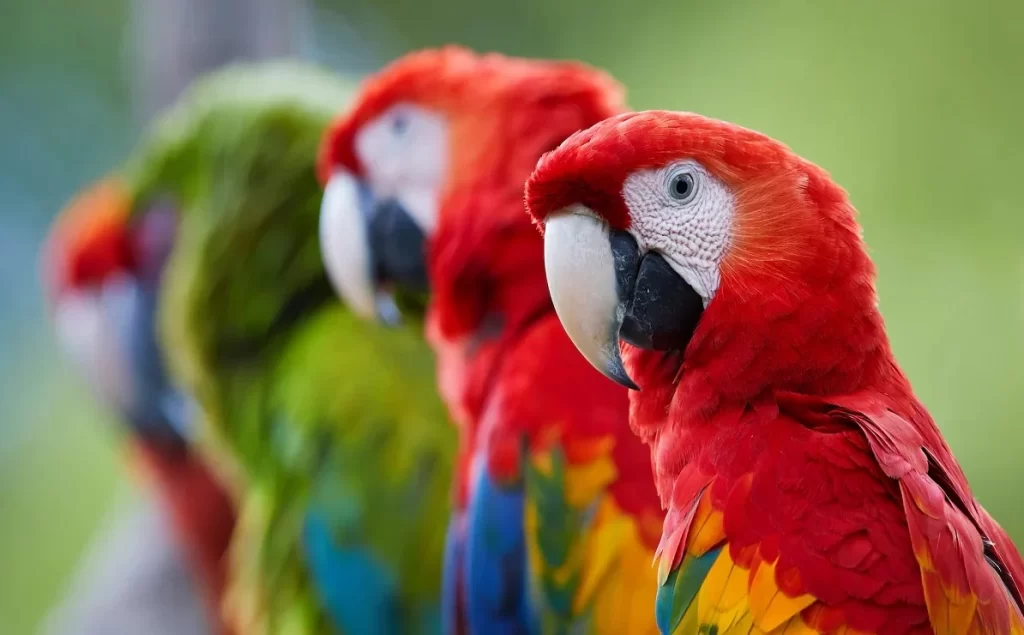
Oscar Puebla, a marine ecologist at the Leibniz Centre for Tropical Marine Research in Germany, explains, “Animals use color as a versatile tool—to communicate, attract mates, or warn predators of their toxicity. Conversely, colors can also serve as camouflage, helping them evade danger.”
The role of color varies significantly across species and their habitats. For instance, birds often acquire vivid red, orange, and yellow pigments—known as carotenoids—through their diet. These striking feathers not only help attract mates but also establish dominance within their flocks. Meanwhile, fish and mollusks employ intricate microscopic structures within their cells to bend and diffract light, altering their skin’s appearance to blend seamlessly into their surroundings and avoid predators. Whether on land or in the sea, tropical environments undeniably play a pivotal role in shaping these animals’ vibrant coloration.
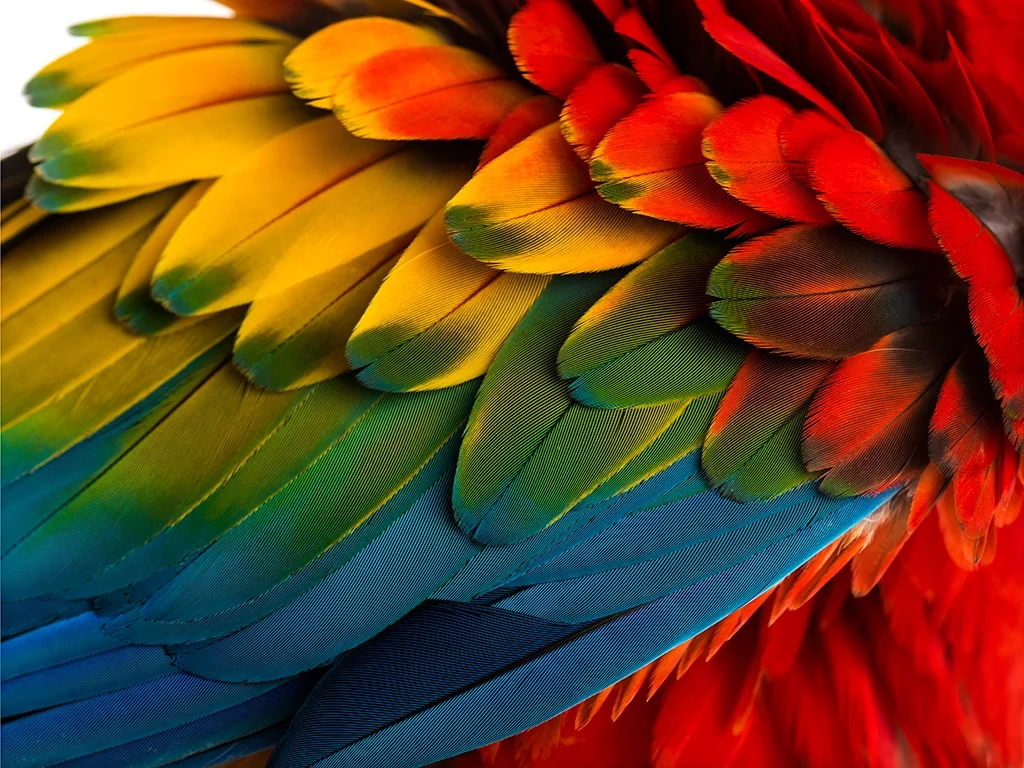
Roberto Arbore, an evolutionary biologist at the Centre for Biodiversity and Genetic Resources in Portugal, notes, “There’s a clear link between biodiversity and the richness of color in a community’s species. In highly diverse ecosystems like tropical rainforests, animals need distinct traits to differentiate themselves from others of the same species, preventing accidental mating with different species.”
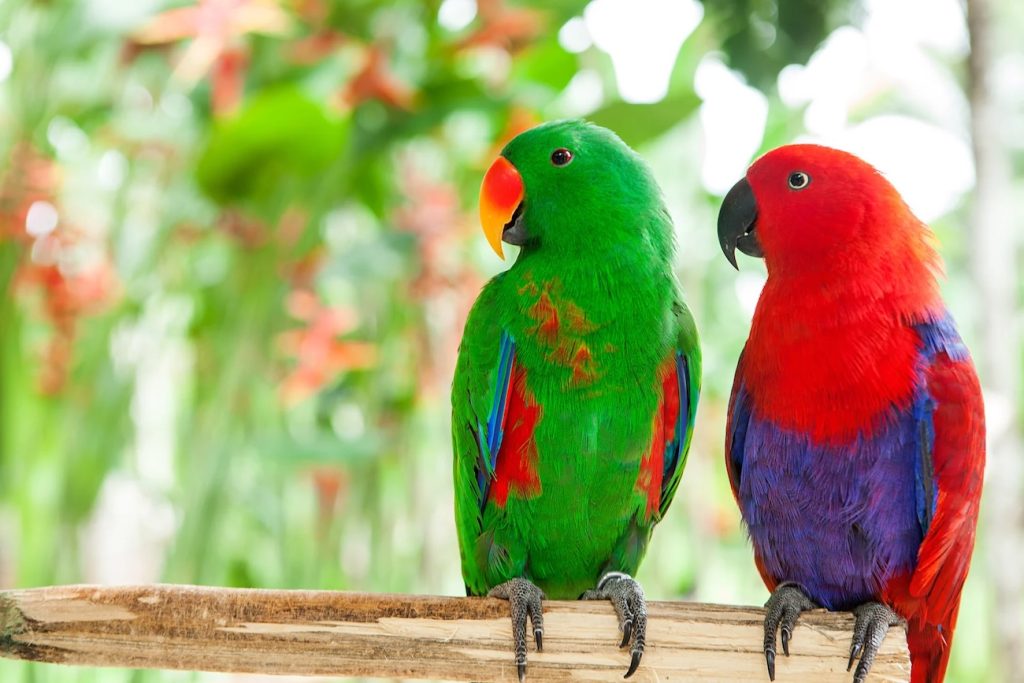
This is especially true for birds, which rely heavily on vision to navigate their surroundings. The intense competition in crowded, diverse habitats like rainforests has driven the evolution of brilliant colors and intricate patterns in species such as parrots, hummingbirds, toucans, and other tropical birds.
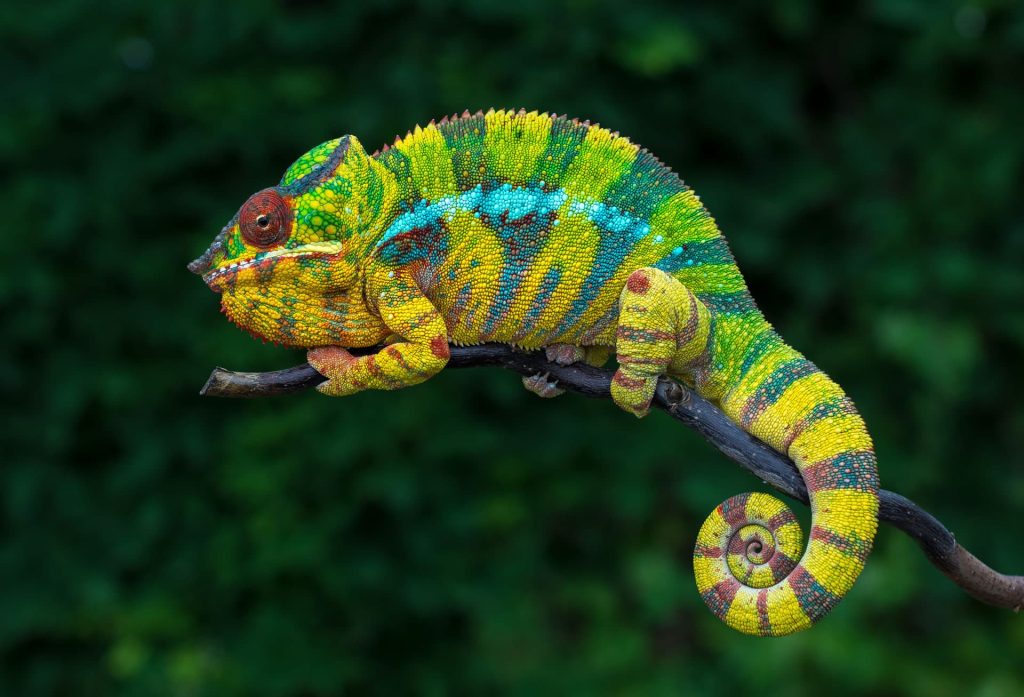
However, Puebla cautions, “We must be careful when interpreting colors and patterns. The way humans perceive color is often vastly different from how animals see them.”
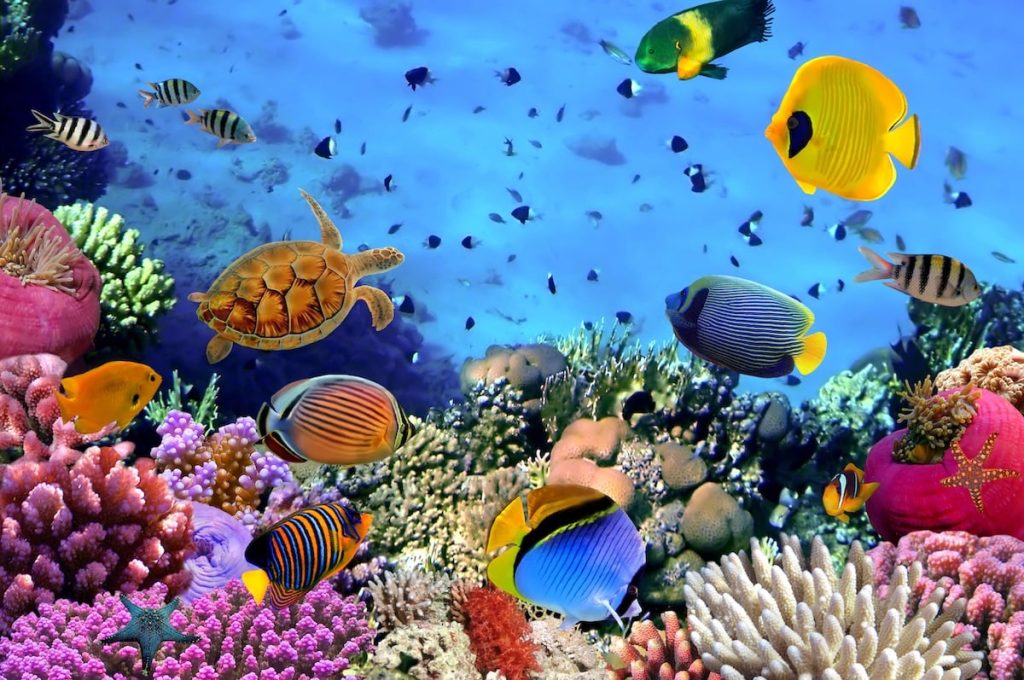
This observation is particularly true in marine environments. As light passes through water, it is absorbed differently, with red being one of the first colors to fade. Paradoxically, this makes red an ideal color for camouflage. Similarly, the vibrant patterns that appear striking to humans allow many fish to blend seamlessly into coral reefs, evading predators.
Biologist Arbore further explains that producing colors—whether through pigments or intricate microstructural features—requires significant energy. In harsh environments like deserts, energy is scarce. “In contrast, tropical habitats are typically resource-rich. These regions offer milder climates and abundant food sources, all of which are critical factors in the vibrant coloration of tropical animals.”